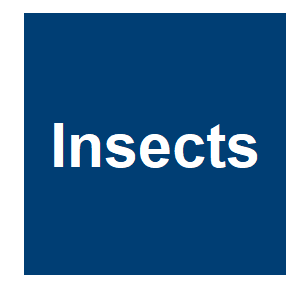Sterile Insect Technique (SIT) against Aedes Species Mosquitoes: A Roadmap and Good Practice Framework for Designing, Implementing and Evaluating Pilot Field Trials

|
C. F. Oliva, M. Q. Benedict, C. M. Collins, T. Baldet, R. Bellini, H. Bossin, J. Bouyer, V. Corbel, L. Facchinelli, F. Fouque, M. Geier, A. Michaelakis, D. Roiz, F. Simard, C. Tur and L.-C. Gouagna,
Insects,
12.
2021.

Aedes albopictus and Aedes aegypti are invasive mosquito species that impose a substantial risk to human health. To control the abundance and spread of these arboviral pathogen vectors, the sterile insect technique (SIT) is emerging as a powerful complement to most commonly-used approaches, in part, because this technique is ecologically benign, specific, and non-persistent in the environment if releases are stopped. Because SIT and other similar vector control strategies are becoming of increasing interest to many countries, we offer here a pragmatic and accessible ‘roadmap’ for the pre-pilot and pilot phases to guide any interested party. This will support stakeholders, non-specialist scientists, implementers, and decision-makers. Applying these concepts will ensure, given adequate resources, a sound basis for local field trialing and for developing experience with the technique in readiness for potential operational deployment. This synthesis is based on the available literature, in addition to the experience and current knowledge of the expert contributing authors in this field. We describe a typical path to successful pilot testing, with the four concurrent development streams of Laboratory, Field, Stakeholder Relations, and the Business and Compliance Case. We provide a graphic framework with criteria that must be met in order to proceed. More related to this: Sterile Insect Techniques, GE mosquitoes and gene drives Gene Drive: Modern Miracle or Environmental Disaster FKMCD Board Approves Oxitec Pilot
|



